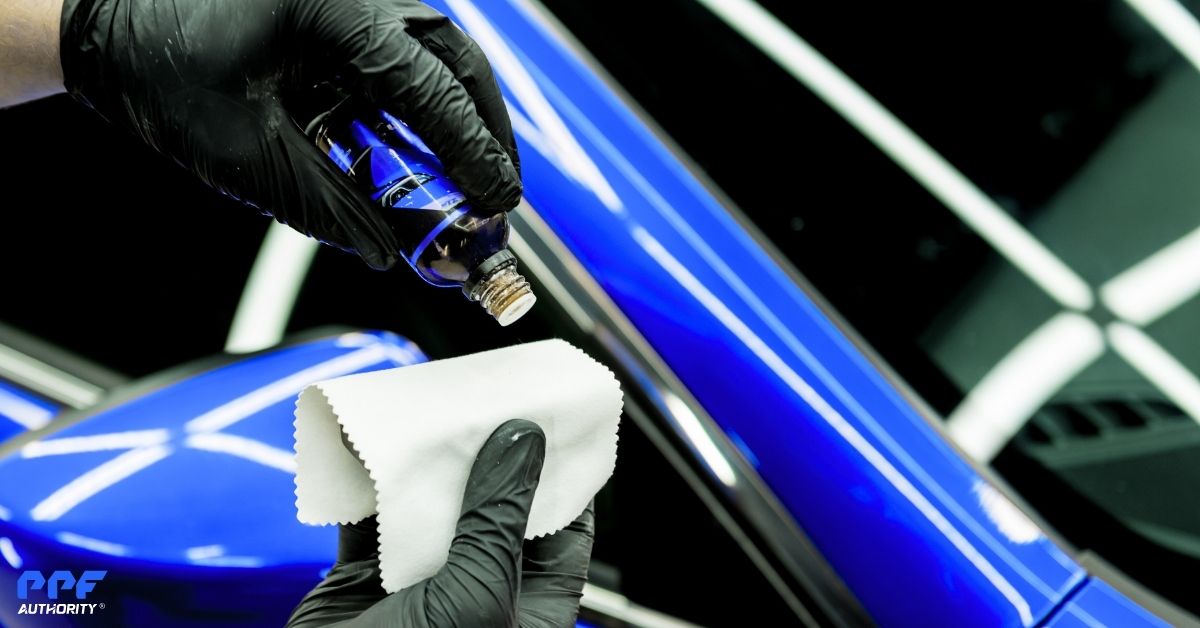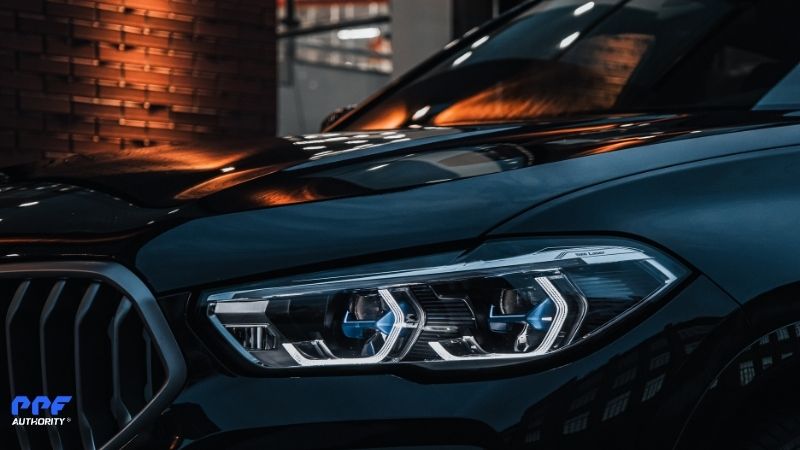Introduction
Colored Paint Protection Film (PPF) is not just about enhancing your vehicle’s aesthetics—it’s also designed to protect your car from the elements. Whether you’re driving through scorching heat, heavy rain, snow, or dusty conditions, colored PPF provides a resilient barrier against environmental damage. Its advanced materials and innovative features ensure your vehicle stays protected, no matter the weather.
In this article, we’ll explore:
- How colored PPF holds up against various weather conditions.
- Its unique weather-resistant properties.
- Why it’s a durable choice for car enthusiasts and everyday drivers alike.
Weather-Resistant Properties of Colored PPF
Colored PPF is crafted from high-quality thermoplastic polyurethane (TPU), a material known for its flexibility, durability, and resistance to environmental stressors. Below are its key weather-resistant properties:
1. UV Resistance
- How It Protects: Colored PPF includes UV inhibitors that prevent the sun’s harmful rays from penetrating the film and reaching your vehicle’s paint.
- Benefits:
- Reduces fading or discoloration of both the film and the paint beneath it.
- Protects the integrity of the film’s color, ensuring it stays vibrant for years.
- Ideal For: Cars frequently exposed to intense sunlight or parked outdoors.
2. Water Resistance
- How It Protects: The hydrophobic (water-repellent) coating on most colored PPF films prevents water from seeping into the film or affecting its adhesive.
- Benefits:
- Water beads up and rolls off, reducing the risk of water spots.
- Prevents moisture from causing peeling, bubbling, or adhesive failure.
- Ideal For: Rainy climates or vehicles exposed to frequent washing.
3. Heat Resistance
- How It Protects: High-quality colored PPF can withstand extreme temperatures without warping, cracking, or losing adhesion.
- Benefits:
- Maintains its structural integrity during both hot summers and freezing winters.
- Prevents the paint beneath the film from expanding or contracting excessively, which can lead to damage.
- Ideal For: Hot climates with high temperatures or areas with extreme seasonal changes.
4. Scratch and Abrasion Resistance
- How It Protects: The tough outer layer of colored PPF resists scratches caused by dust, dirt, and road debris kicked up during inclement weather.
- Benefits:
- Keeps the surface smooth and flawless, even in harsh conditions like sandstorms or hail.
- Self-healing technology repairs minor scratches when exposed to heat, such as sunlight or warm water.
- Ideal For: Areas with dusty or windy conditions that increase the risk of abrasions.
5. Chemical Resistance
- How It Protects: Colored PPF is designed to resist damage from chemicals found in road salt, de-icing agents, bird droppings, and acid rain.
- Benefits:
- Shields your car’s paint from corrosive substances.
- Maintains the film’s finish, whether it’s gloss, matte, or satin.
- Ideal For: Winter climates or urban areas with high pollution levels.
Durability in Different Weather Conditions
1. Hot and Sunny Climates
- Challenge: Constant exposure to high UV radiation and extreme heat can fade or weaken a car’s paint.
- Solution: UV-resistant PPF prevents color degradation and acts as a heat shield.
- Benefit: Maintains the vibrancy of both the film and the paint for years.
2. Rainy and Humid Climates
- Challenge: High moisture levels can cause adhesive failure or bubbling in low-quality films.
- Solution: Water-resistant PPF repels water, preventing damage.
- Benefit: Ensures a smooth and secure application without peeling.
3. Cold and Snowy Climates
- Challenge: Road salt and freezing temperatures can cause paint corrosion.
- Solution: Chemical-resistant PPF prevents salt damage and withstands extreme cold.
- Benefit: Extends the lifespan of your car’s paint job.
4. Windy and Dusty Environments
- Challenge: Sand, dirt, and debris can cause scratches and paint chips.
- Solution: Scratch-resistant PPF absorbs impact and heals minor scratches.
- Benefit: Protects against abrasion, keeping the surface flawless.
Conclusion
Colored PPF is more than just a stylish addition to your vehicle—it’s an investment in protection and longevity. Whether you drive through harsh sunlight, heavy rain, extreme cold, or dusty terrain, colored PPF provides the ultimate shield against environmental damage.
If you’re looking for a way to keep your car looking brand new while ensuring long-term protection, investing in high-quality colored PPF is a smart choice!

